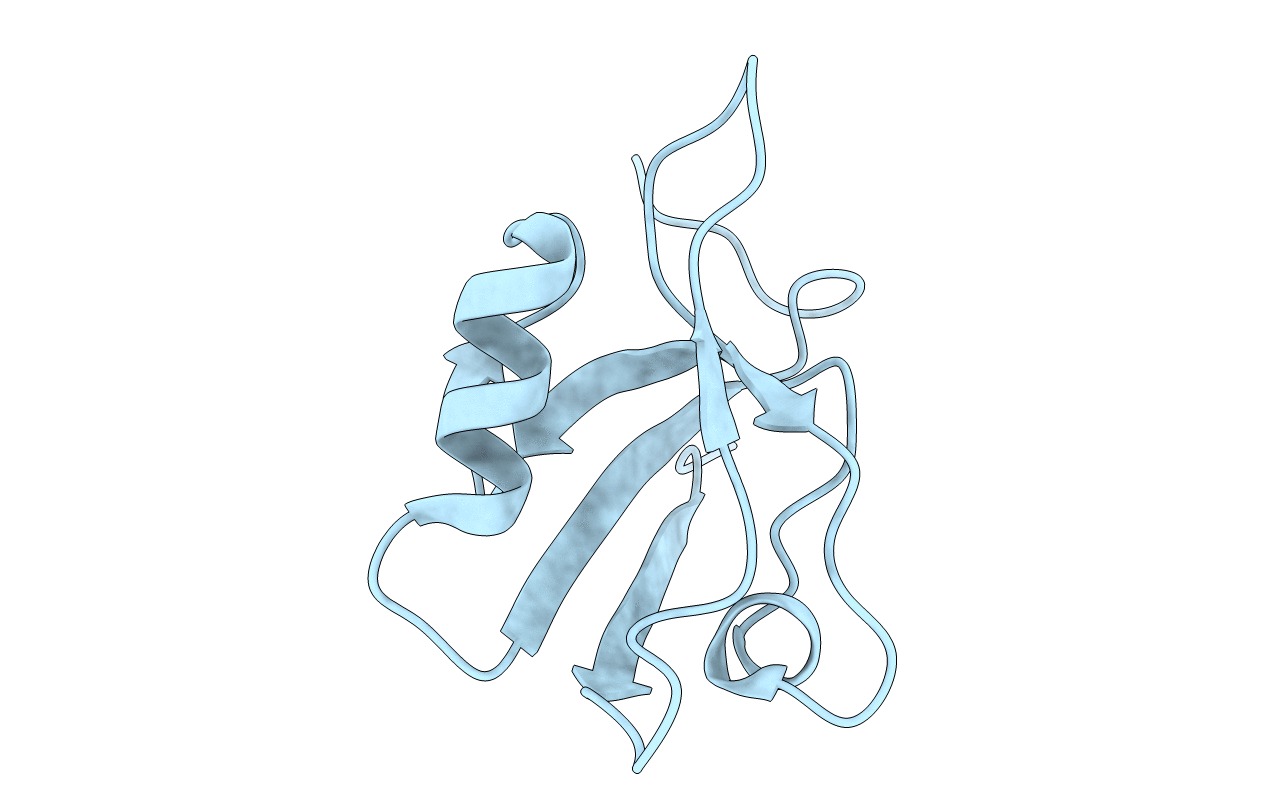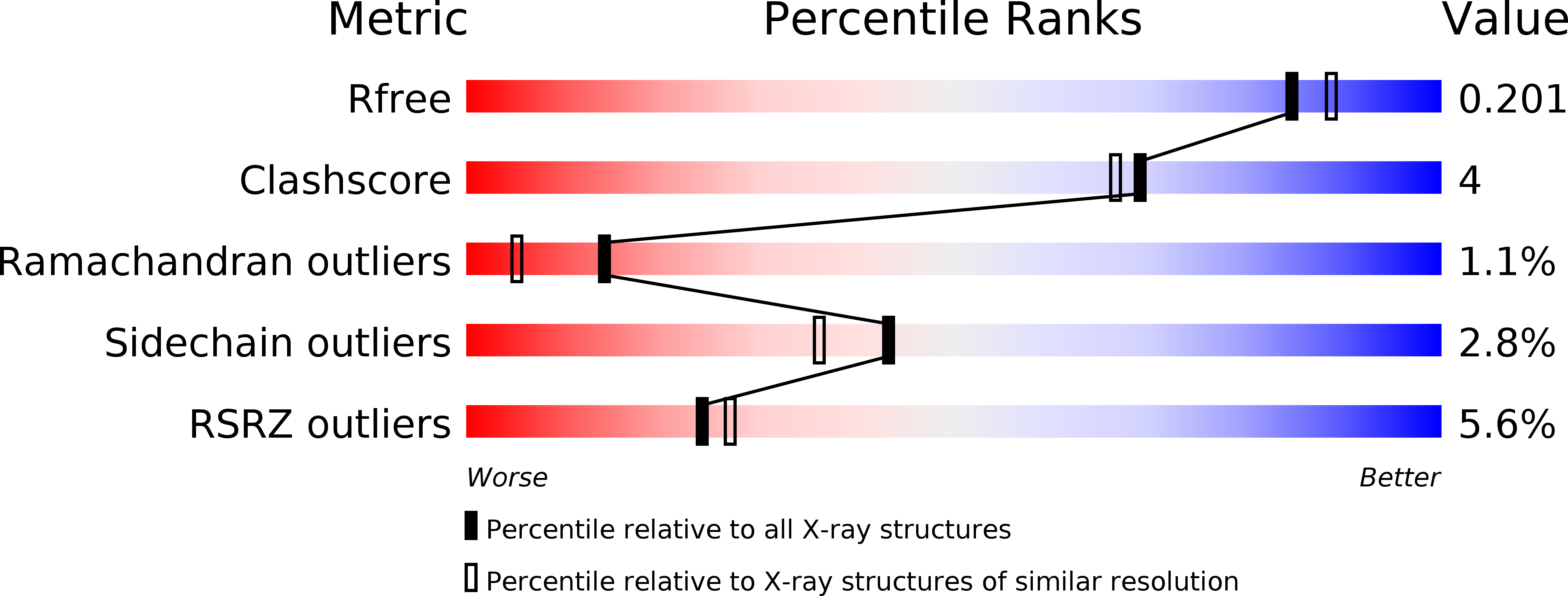
Deposition Date
2001-11-19
Release Date
2002-05-21
Last Version Date
2023-12-13
Entry Detail
PDB ID:
1GQ4
Keywords:
Title:
STRUCTURAL DETERMINANTS OF THE NHERF INTERACTION WITH BETA2AR AND PDGFR
Biological Source:
Source Organism:
HOMO SAPIENS (Taxon ID: 9606)
Host Organism:
Method Details:
Experimental Method:
Resolution:
1.90 Å
R-Value Free:
0.18
R-Value Work:
0.17
R-Value Observed:
0.17
Space Group:
P 31 2 1


